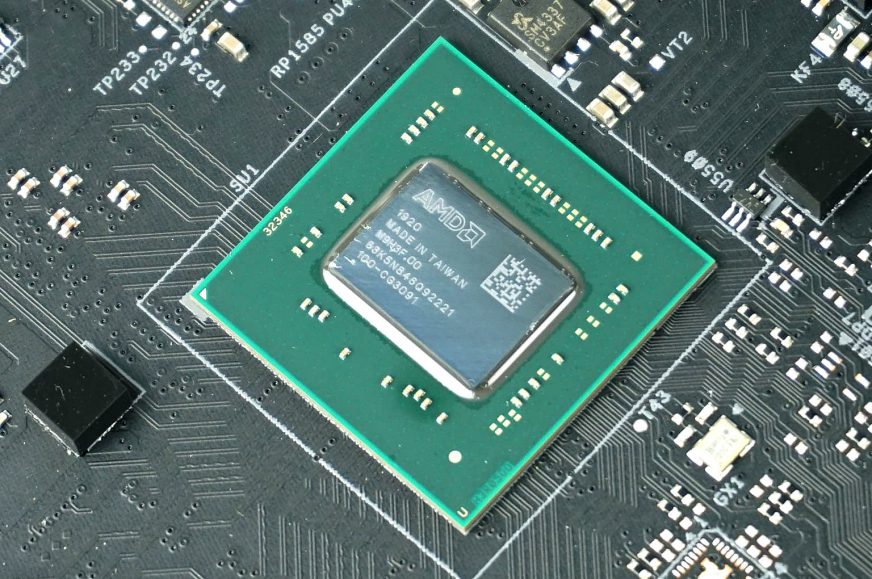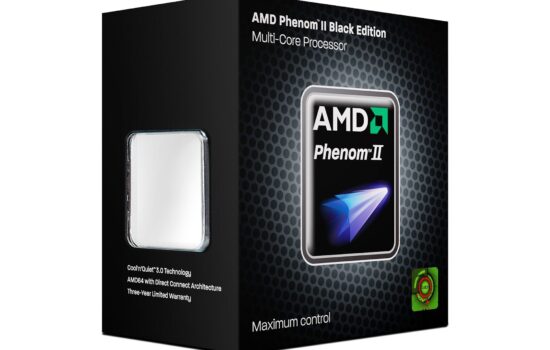The AMD X670 chipset could be a very different concept compared to X570
New AM5 platform and a socket is coming this year for AMD CPUs, even adopting the LGA approach for the first time. Some details have already leaked, but much remains unknown. Rather interesting news about the new chipsets, to be used on ADM AM5, has popped up recently: a mainstream version named B650 and a high end version called X670 are coming, the latter being notable for allegedly consisting of multiple chips.
A refresher about the AM4 platform chipset situation: AMD has first used chips that had been supplied by ASMedia as an external contractor (these are the 300 and 400 series chipset, even though they are branded as AMD products). Later AMD has produced its own X570 chipset, to be the first one with PCIe 4.0. This one has been rather unusual, by being in fact an adaptation of the 12nm IO die from the Ryzen 3000 “Matisse” CPU. Further chipsets from the 500 series (B550 and A520) have again been the works of ASMedia, but using a newer silicon.
Another unconventional solution is about to arrive with the AM5 platform. In the case of the mainstream B650 (as well as in the case of a likely but currently unconfirmed lowend A620 version for the cheapest mainboards), the chipsets will again be supplied by ASMedia. But this time ASMedia is said to produce the high end X670 chipset (serving as replacement for the current AMD X570 chipset) as well. Therefore another case of adapted IO die is not likely, possibly because the next-gen CPU’s IO dies will become bigger and more expensive (in order to additionally accommodate an iGPU?).
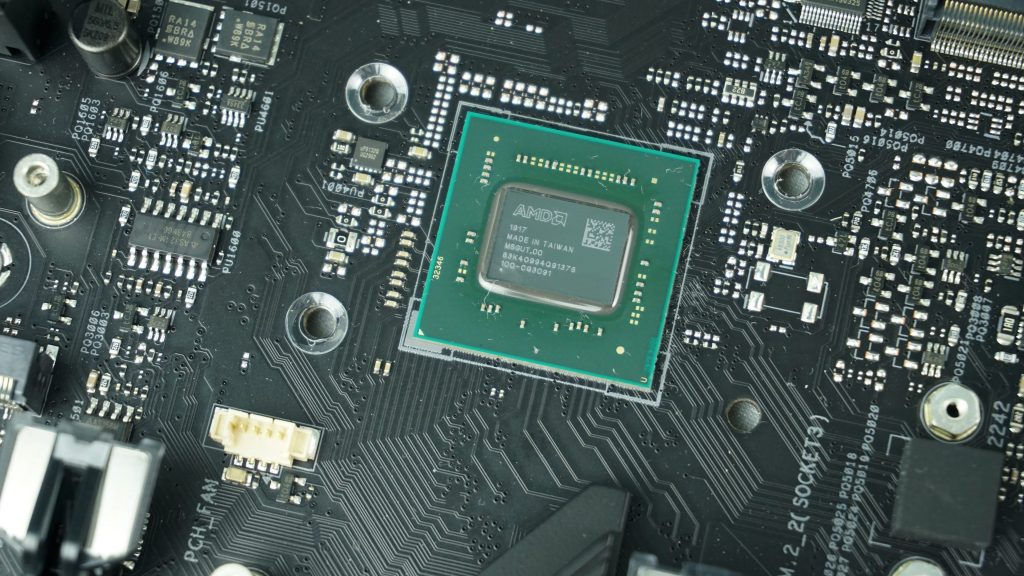
X670 equal to two times B650?
This ASMedia high end chipset might be the result of a very unusual solution, according to rumors on Chinese forums. It’s not going to be a separate chip with greater connectivity, nor are they going to use the traditional way, where just one chip is being produced but the max number of PCI Express lines, USB and SATA ports is made available only in the X670 version, while the B650 version will only have a reduced set of connectivity enabled. Instead, AMD and ASMedia are designing the X670 chipset – in this case a literal set of chips like in the old times – to consist of two B650 chipsets placed next to each other.
While this does not sound very elegant, it might work rather well in this particular case. The AM4 platform as well as the AM5 one (based on leaked information, see link below) both use a simplified chipset that serves an a bit less important role when compared to Intel platforms. The PSP management unit and a part of the connectivity is already situated inside the CPU, which is more or less able to run without any chipset as an SoC. In contrast, the Intel chipsets still contain various critical functions, including the overall platform controller (generally known as Intel Management Engine). On the AMD desktop platform the chipset is connected via standard PCI Express link and more or less serves the role of a simple I/O expander. Transforming the four PCI Express lines leading from the CPU into some lines for peripheral devices as well as USB and SATA ports.

Considering this, it should not be of much issue, if the downlink I/O will be expanded by two chips instead of one, this would create a situation similar to e.g. a mainboard using two PCIe bridges to expand the amount of lines leading from the CPU. The only remaining question is, how will the two chipsets be connected to the CPU. So far we do not know whether AMD will connect them in series, with one chipset “daisy-chained” to the other one, or whether they will be connected parallelly, each on a separate link to CPU. This could require the AM5 platform (as well as the CPUs) to support a total of at least eight chipset lines.
This might be solved by linking the second chipset to the four lines that the CPU normally provides for connecting NMVe SSD in the M.2. slot. Ryzen 7000 CPUs on the AM5 platform reportedly have 28 PCI Express lines: 16 for the graphic card, 4 for a regular chipset and 2×4 for NVMe SSDs connected directly to the CPU. The X670 mainboard might sacrifice one of the two directly connected M.2 slots in exchange for having its dual-die chipset linked to the CPU via 2×PCIe 4.0 ×4. This would then provide twice the downlink connectivity of the B650 platform. An alternative solution might be achieved by connecting both B650 bridges via a dreduced PCIe 4.0 ×2 connectivity, allowing them to consume just one PCIe ×4 interface on the CPU.
It is not clear whether the X670 chipset will have a single integrated BGA housing with two dies. This would make it look sort of as a small version Threadripper. However AMD might simplify the whole thing by simply using two separate chips in the same package as B650 chipset uses, soldered to the motherboard’s PCB next to each other. They wouldn’t even necessarily need to be located next to each other.
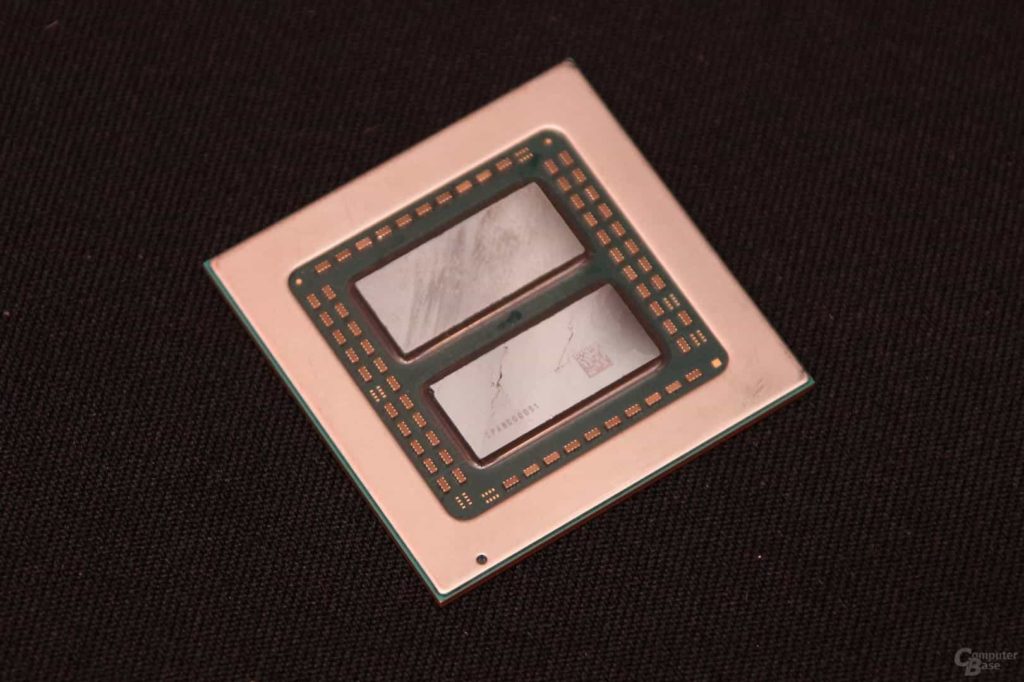
Too big for Mini-ITX
According to the sources of this news, the X670 chipsets are relatively huge in regards to how much space (and PCB traces) they take on the mainboard. Reportedly it will prove very difficult to fit them into a Mini-ITX format mainboard, which could mean that the solution with two separate packages is the one that will be used. Allegedly it is quite possible, that no Mini-ITX mainboard with the X670 chipset will be produced for these complexity reasons. It has to be said though, that chipsets with expansive connectivity like X570/X670 do not make much sense on a Mini-ITX mainboard anyway, so this might be a non-issue.
If this info is true, the X670 mainboards will end up with a unique characteristic look, at least if you’ll see the PCB stripped of heatsinks (unfortunately this view will not be commonly seen). This solution should not have many practical downsides. One of them might be an increased power consumption, at least when compared with the B650. On the other hand, even the current X570 chipset already has a higher power consumption than B540/B550 mainstream chipsets (and will likely be surpassing the B650 in power, as well). We can only hope that the power consumption will be managed in some smart way and that both bridges will be able to switch off their idle blocks to conserve energy use.
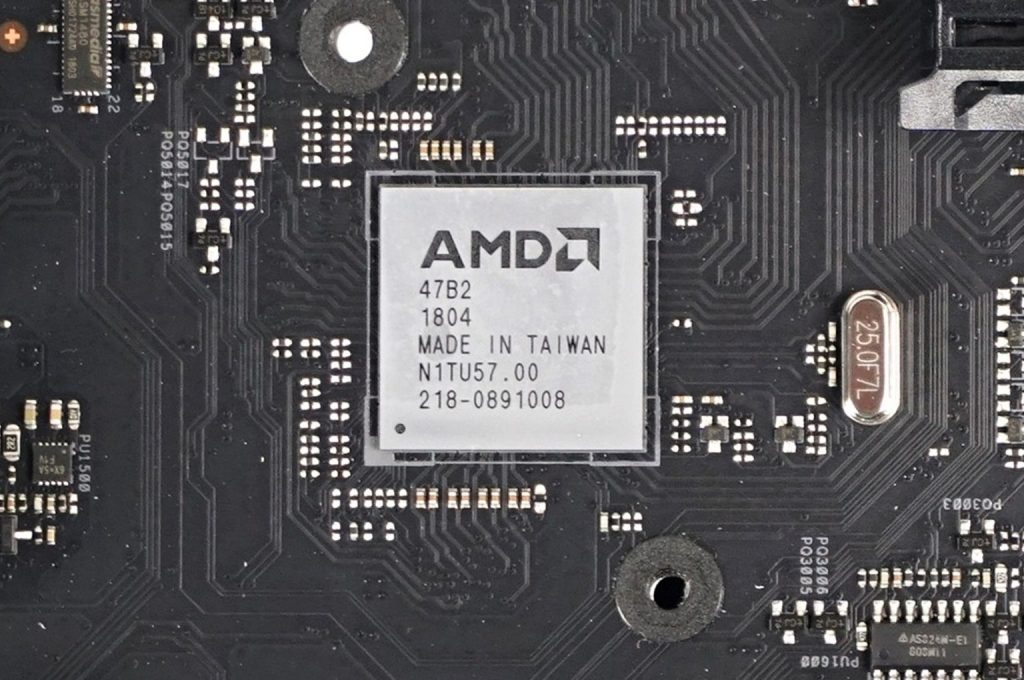
Mainboards with the X670 chipset will likely appear at the end of 2022 together with the 5nm Ryzen 7000 CPUs. Before that, maybe even after the first half of the year, AMD plans to also release the Ryzen 6000 „Rembrandt“, a 6nm processor with Zen 3 architecture and integrated GPU.
This will be the first processor for the AM5 platform, but since this is an APU meant for cheaper computers, OEM and office sets, Rembrandt Ryzens will likely be paired only with the B650 (or the A620) chipset. Anything more will not really be needed during the first phase of the AM5 platform’s product life, so it makes sense that the X670 would arrive later.
English translation and edit by Karol Démuth, original text by Jan Olšan, editor for Cnews.cz
⠀





